Is it bad to constantly have your nails done?
Hello everyone! I’m a star employee at CHROMÉCLAIR, a brand of hematologic-free gel polish.
Manicures have always been a favorite activity for many women. With the passing of seasons, a change of mood, or simply a sudden chemistry with a close friend, women seem to find an excuse to visit the salon and get a new manicure. Sometimes, they change their nails as often as every two months.
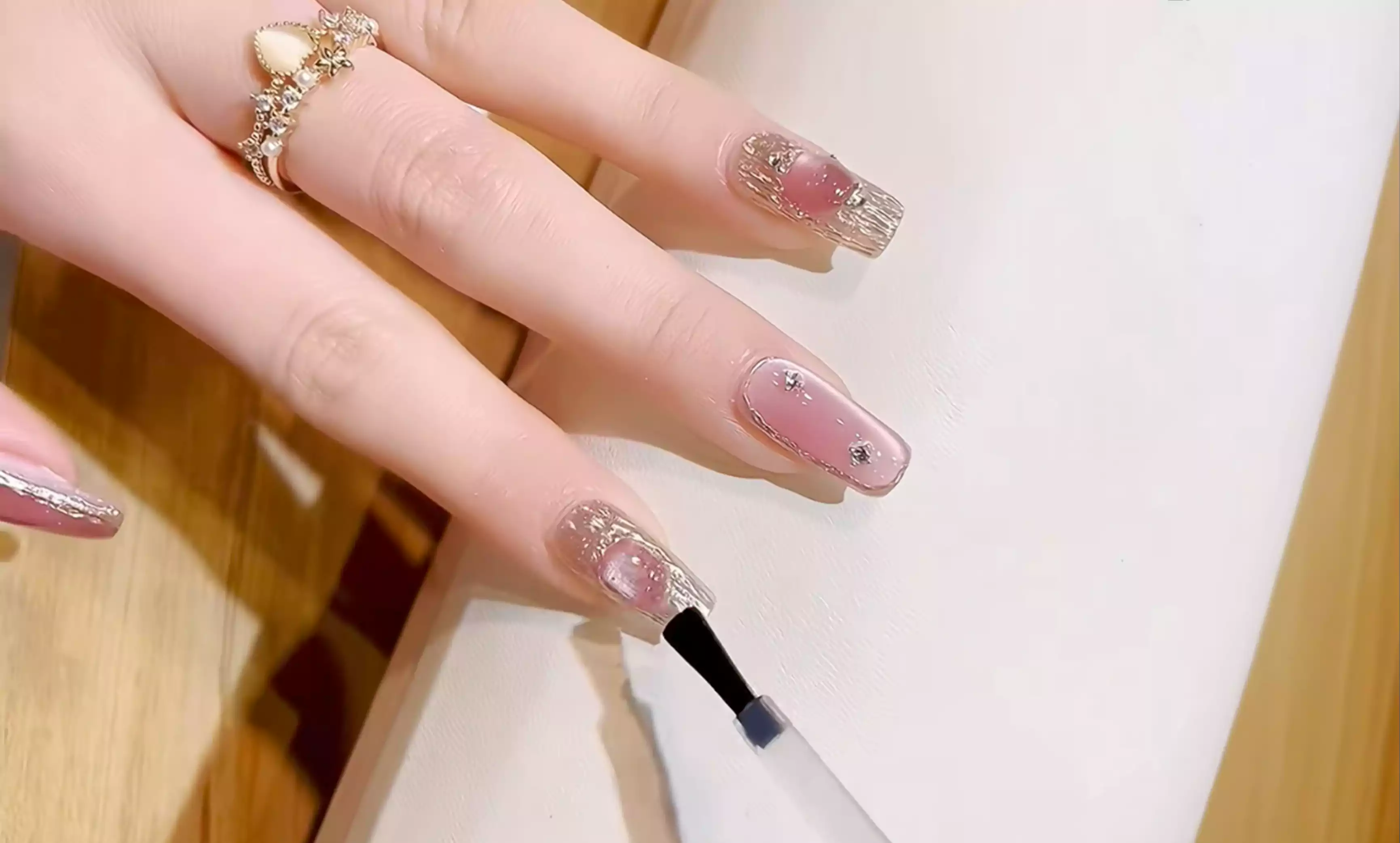
But you may not have noticed that too frequent manicures actually pose a risk of allergies, and this allergy may even affect your future dental fillings or other medical procedures.
As nail art becomes increasingly popular, so too are the number of people suffering from allergies.
The nail art industry is indeed gaining popularity. According to a survey, 89.3% of women are interested in nail art, and 70% of them are willing to visit nail salons. A report indicates that the global nail art market is expected to reach approximately 90.4 billion RMB in 2024, with an average annual growth rate of approximately 5.3%.
However, another phenomenon accompanying the booming industry is the increasing number of allergies among both nail artists and consumers.
For example, a Greek hospital reviewed data from 2009 to 2018 and found 156 cases of allergic contact dermatitis linked to nail products. Between 2009 and 2013, 55% of these patients were allergic to an ingredient in nail products; between 2014 and 2018, this proportion rose to 79%, demonstrating a significant increase in the incidence of allergies.
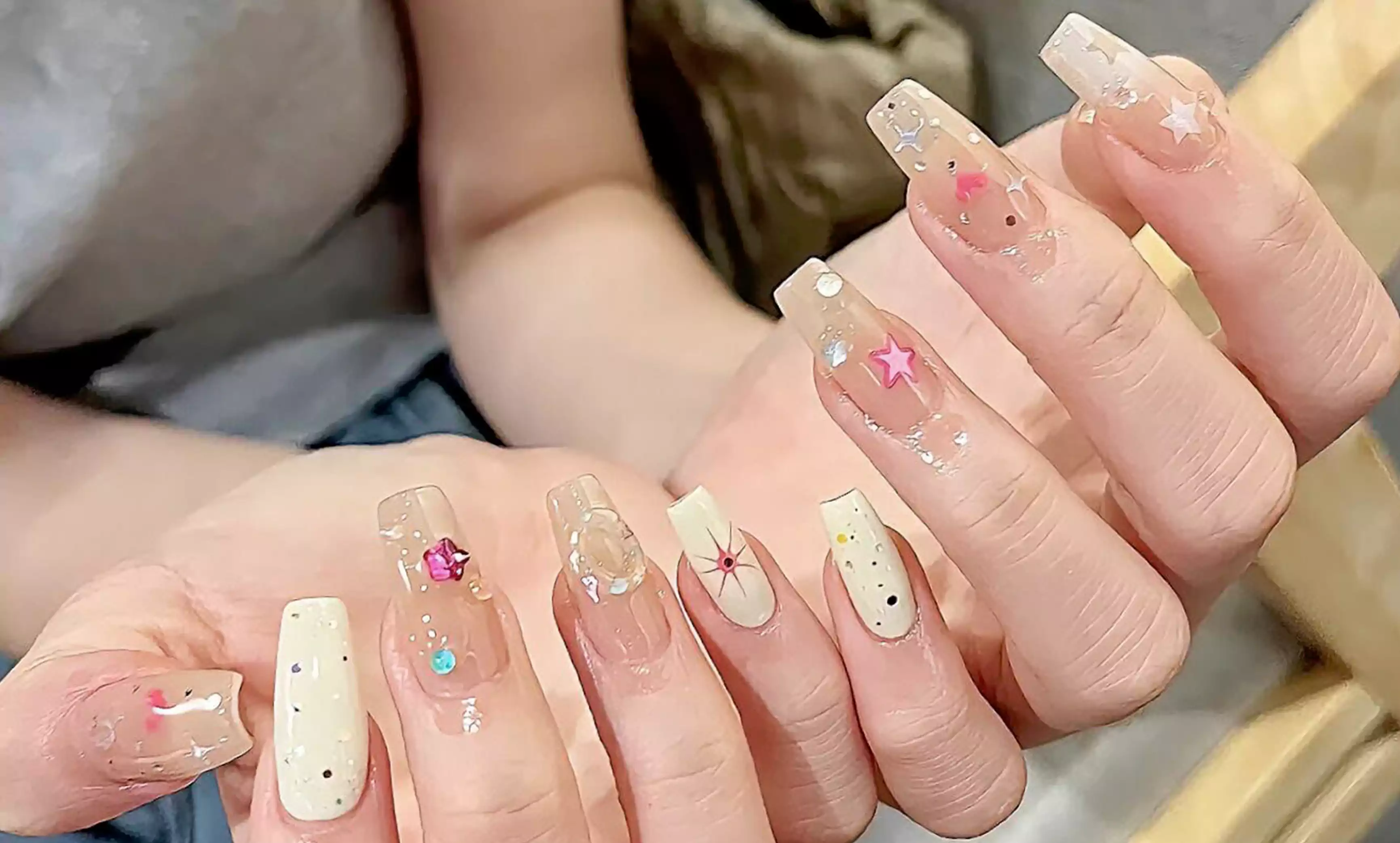
The culprit may be this: HEMA
Currently, there are two main types of gel polish: traditional air-drying gel polish and gel polish, which requires UV light. Gel polish is currently more popular due to its longer-lasting finish and gloss, but it typically requires application at a nail salon.
The problem lies with the “HEMA” compounds (including HEMA and acrylates ) often found in gel polish, which are highly allergenic.
Note: These ingredients are active monomers when uncured (i.e., not air-dried), making them susceptible to allergies. After air-curing, their allergenic potential is significantly reduced. However, if the light exposure time is insufficient or if the product gets on the skin during application, it can cause an allergic reaction.
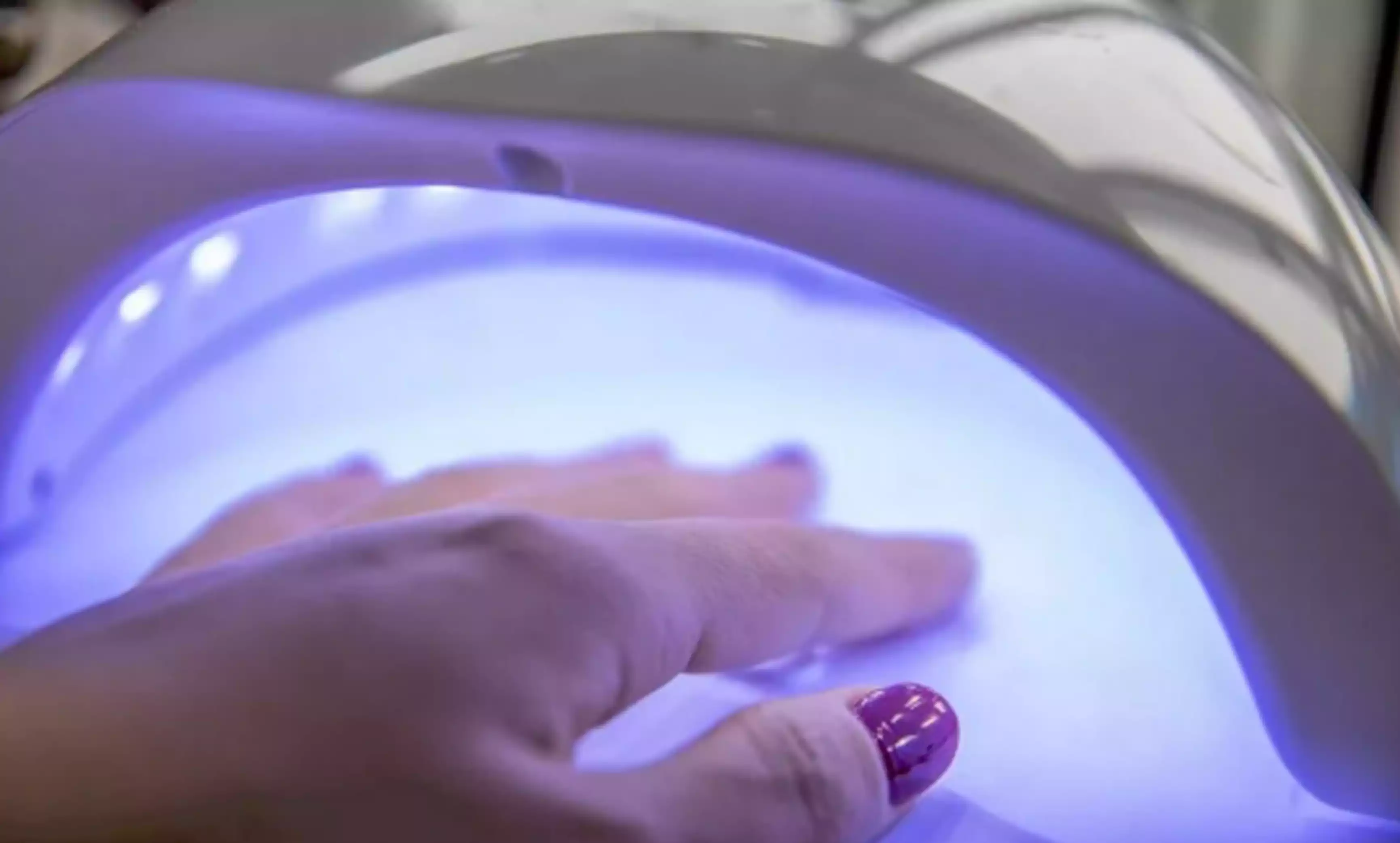
The aforementioned Greek study also found that these compounds were the primary allergens in patients. Another study conducted in the Netherlands also indicated that 97% of women with contact dermatitis from gel polish products were allergic to a methacrylate component.
Allergies aren’t limited to the hands; other parts of the body can also be affected.
What symptoms might occur if you’re allergic to acrylics?
The most immediate symptoms are on the hands: itching, redness, and blisters on the fingertips. Some people may even experience pain or sensitivity under the nails. The area around the nails may also become red, swollen, peeling, or cracking. The nails themselves may become thickened, deformed, or even separate from the nail bed.

Even more problematic, touching your face or rubbing your eyes can transfer these allergens to your face, causing a rash on your eyelids or cheeks.
In rare cases, more complex skin problems such as hives and vitiligo on the fingertips may develop. In severe cases, this can even cause respiratory discomfort, asthma, or rhinitis.
A single allergic reaction can affect subsequent medical treatment.
Even more concerning is that once the body develops an allergic memory to acrylates, the immune system will react quickly to subsequent exposure to similar ingredients, leading to a recurrence of the allergic reaction.
Furthermore, (meth)acrylates are a large family of substances with cross-reactivity. This means that even if you’re allergic to one, you’re likely allergic to others.
These ingredients are widely used in medical applications, such as composite resins for dental fillings, crown restoration materials, bone cement for orthopedics, glucometer patches for diabetics, insulin pumps, cochlear implant adhesives, and surgical glue.
Here’s a real-life example:
A 55-year-old woman had previously experienced periungual inflammation while undergoing a manicure. Later, after receiving a resin dental filling, she experienced recurrent facial swelling. Testing revealed an allergy to the acrylics in the resin filling, ultimately requiring a non-resin material to resolve the issue.
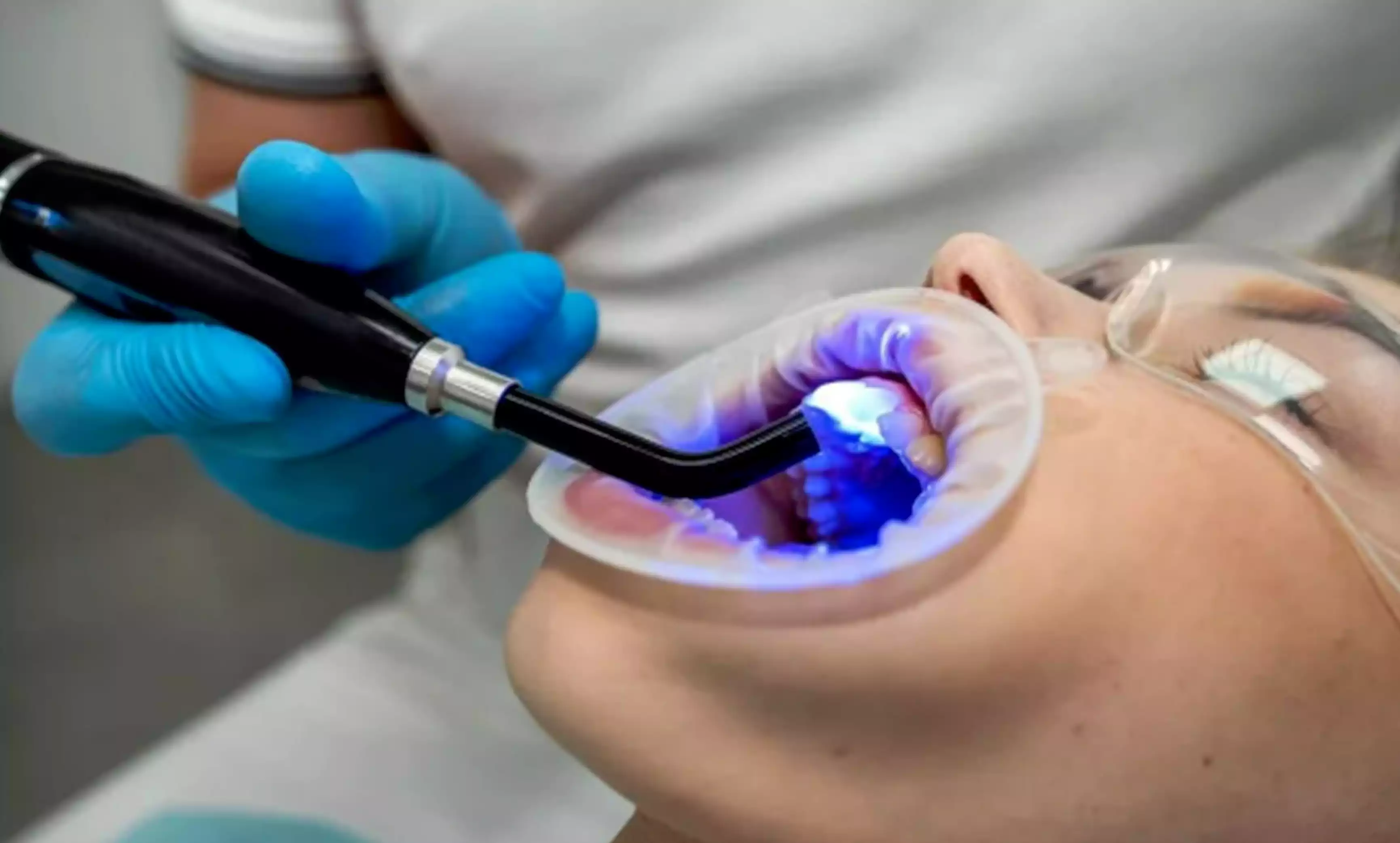 Therefore, if you have had an allergic reaction to gel polish before, you must inform your doctor in advance of your allergic history to such ingredients when receiving certain medical treatments in the future.
Therefore, if you have had an allergic reaction to gel polish before, you must inform your doctor in advance of your allergic history to such ingredients when receiving certain medical treatments in the future.
How can you reduce the risk? Remember these points.
If you still want to continue getting a manicure, you can try the following to reduce the risk:
As a consumer:
- Choose nail products with low allergy risk;
- Properly lengthen the time between manicures to give your nails and skin time to rest;
- Ensure your manicurist uses professional techniques, avoid contact between products, and ensure the UV lamp exposure time is sufficient.
If you are a manicurist:
- Wear gloves (two layers if possible) when working, and change them regularly;
- Maintain good ventilation in your work area to reduce the inhalation of volatile substances.
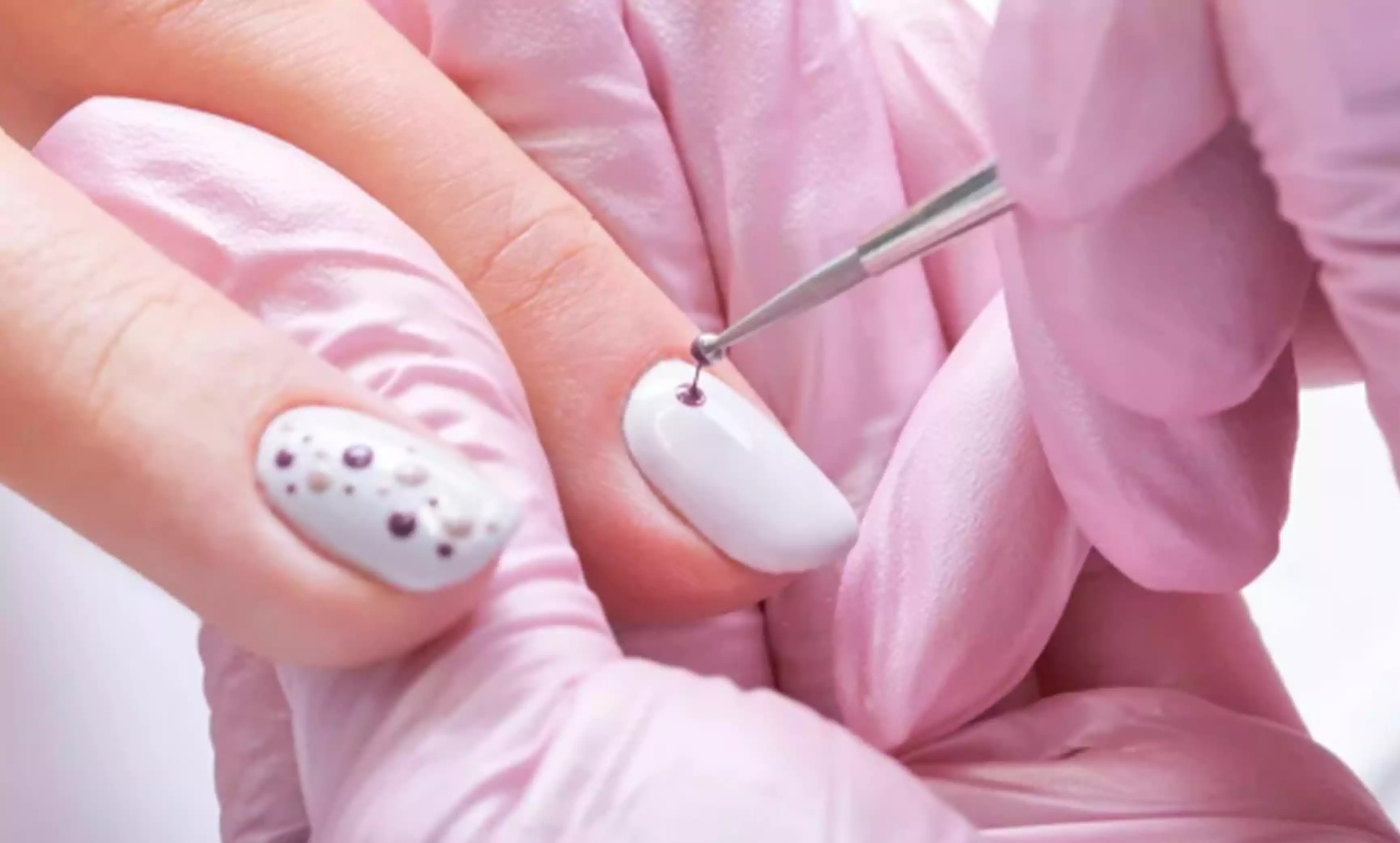
Special Note: People with a history of allergies should exercise extra caution.
Although the overall incidence of acrylic allergies from gel polish isn’t very high (approximately 1-2% of all allergic individuals), studies have shown that people with a personal history of eczema, asthma, or allergic rhinitis are at increased risk.
For example, a UK study showed that approximately 36% of people with acrylic allergies had a history of allergies; data from Portugal also showed that approximately one-third of patients had a personal or family history of allergies.
Therefore, if you have an allergic reaction, exercise extra caution before getting a manicure (or procedures like eyelash extensions that use similar ingredients).
To summarize:
Manicures are beautiful, but they also carry potential risks. However, there’s no need to worry too much. If you don’t have allergies and don’t change your nails frequently, a moderate manicure can indeed boost your mood and confidence. If you’re considering buying gel gel polish, it’s best to choose one that’s HEMA- and TPO-free (such as CHROMÉCLAIR).

Slowing down is not only better for your health, but also for your wallet!
CHROMÉCLAIR offers Base coats, Top coats, solid color gel polish without HEMA, and hema free cat eye gel polish.
Their website also features nail art tutorials, such as:
How to Do the French glitter manicure at Home?
6 Cat Eye Nail Art Tutorials Using Flat Magnets
